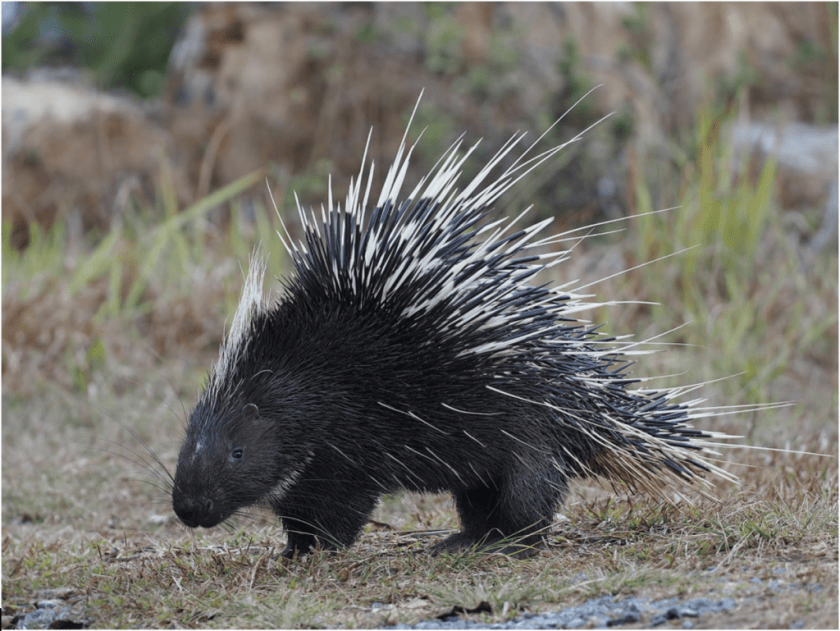Five women scientists from Germany, Indonesia, and Wales have discovered two new species of wart sea slugs from North Sulawesi, Indonesia — Phyllidia ovata and Phyllidia fontjei.
Wart sea slugs in the family Phyllidiidae are common inhabitants of the Indo-Pacific Ocean, preying on sponges and stealing toxins from their prey for their own defence. To scientists and nature enthusiasts alike, they are renowned for their warning coloration and their chemical defence mechanisms. Approximately 350 species of sea slugs have been documented in North Sulawesi, and some 100 of these are new to science and still need to be formally identified, but now, two colourful species, much rarer than most of their relatives, have been named and described.
Phyllidia ovata was named in reference to its unique appearance that resembles an egg, both in its shape and its pattern. It has been photographed several times by enthusiastic underwater photographers in Indonesia, Japan, Taiwan, the Philippines, and Australia during the past 23 years, but was only recognised as a new-to-science species now. This medium-sized, up to 5 cm long, wart sea slug has finally been given a name based on an animal collected by a scuba diver in North Sulawesi.

Phyllidia fontjei was named in honour of the late Dr. Fontje Kaligis, an Indonesian researcher who was instrumental in opening new avenues of international cooperation for the advancement of our knowledge of the — sometimes hidden — biodiversity in North Sulawesi. With a maximum documented size of 16 mm, this small species of wart sea slug is difficult to find. Nevertheless, Phyllidia fontjei has been photographed during the past 15 years – in Indonesia and Malaysia, but is more common in the Andaman Sea in the Indian Ocean. This species has been described based on a single reference animal, which scientists refer to as a holotype. The holotype has been histologically examined, allowing for a very detailed analysis of its anatomy.

To a large extent, these discoveries were made possible thanks to people who do not have formal scientific education but are passionate about documenting and protecting Earth’s diversity. Photographs and data posted on citizen science platforms like iNaturalist, social media sites like Facebook, and dedicated sea slug communities such as NudiPixel and the now defunct Sea Slug Forum, provided the researchers with vital information for identifying these nudibranchs as new to science and establishing a more realistic geographical distribution when only few specimens are available for study.
“We all use these platforms in many different fields of taxonomy as they provide useful records when the species are distinctive, and have done so for more than two decades,” says Dr Nathalie Yonow of Swansea University, one of the authors of the study.
The discovery has been published in the open-access journal ZooKeys.
Research article:
Wägele H, Raubold LM, Papu A, Undap N, Yonow N (2025) On two new Phyllidia species (Gastropoda, Nudibranchia, Doridina) and some histology from the Coral Triangle. ZooKeys 1245: 1-18. https://doi.org/10.3897/zookeys.1245.153046






















 The authors reported a total of 94 demosponge species belonging to 33 families living in the North Sulawesi Island. Amongst them, there are six species new to science and two previously unknown symbiotic relationships.
The authors reported a total of 94 demosponge species belonging to 33 families living in the North Sulawesi Island. Amongst them, there are six species new to science and two previously unknown symbiotic relationships.

